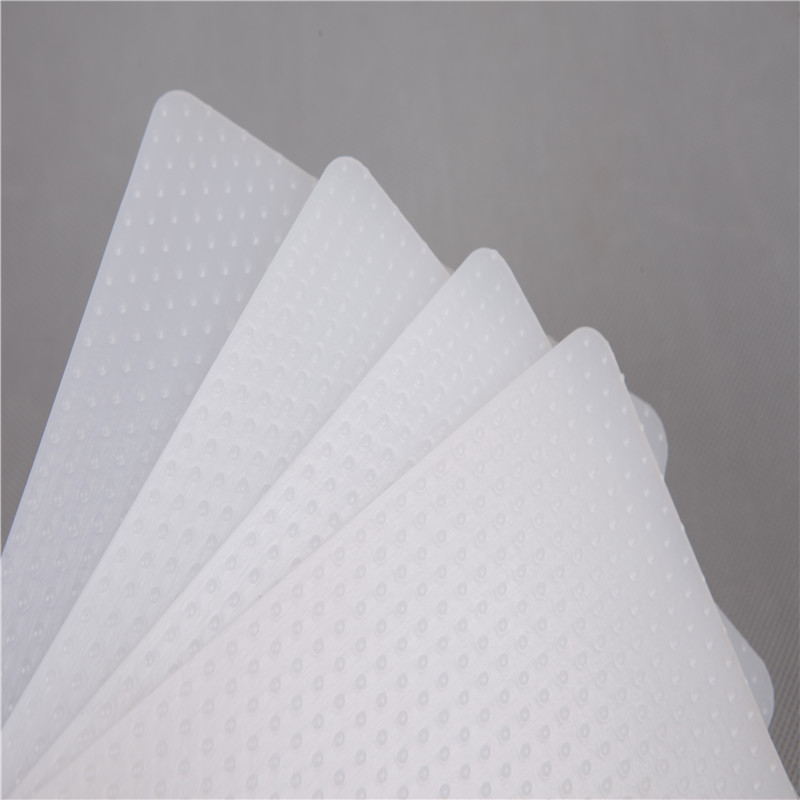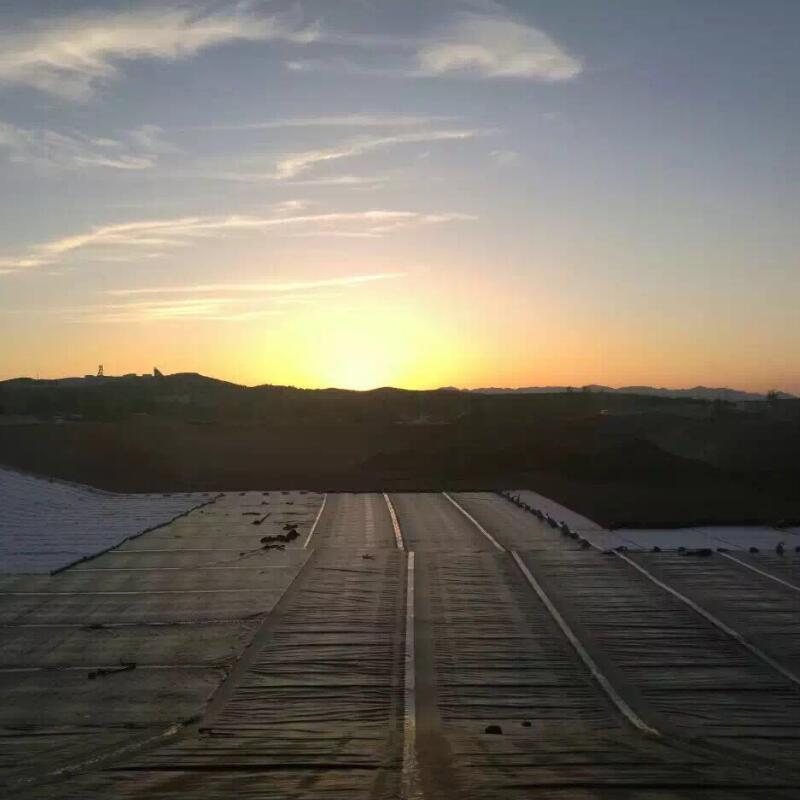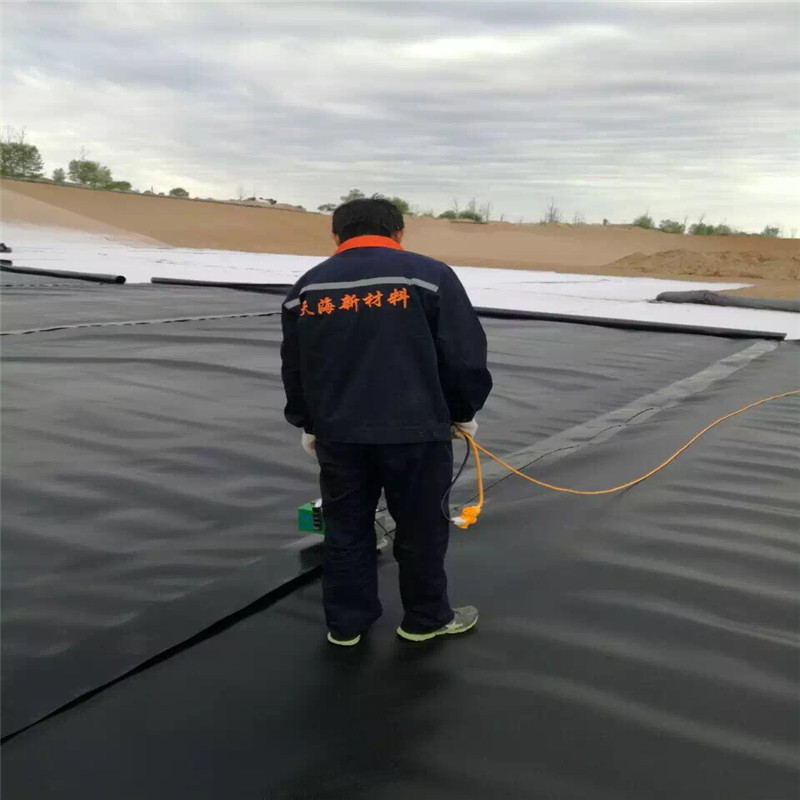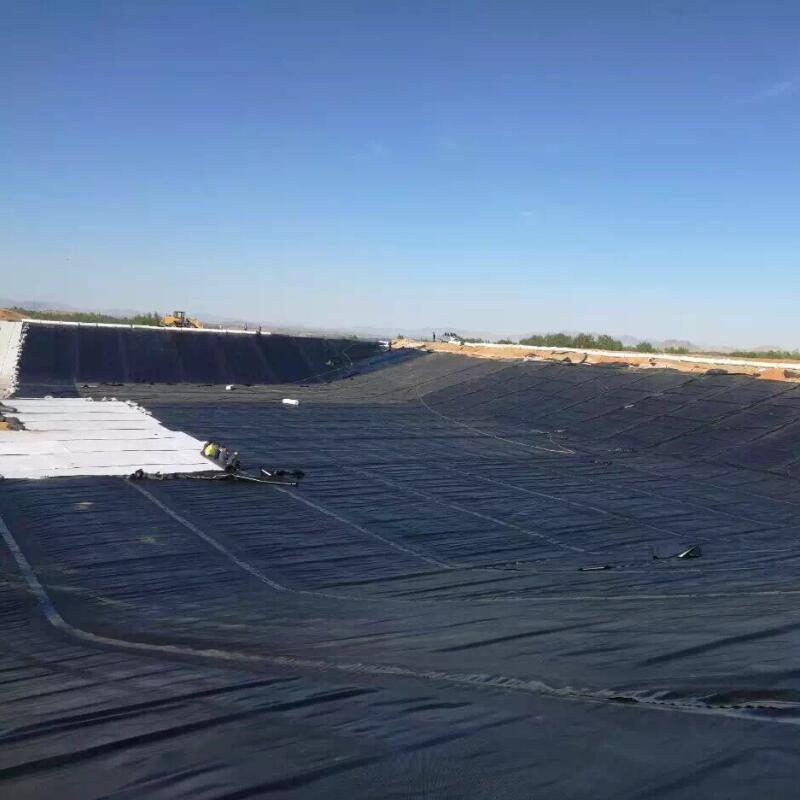The longevity flower is a succulent plant. The thick and bright leaves form low-lying plants, and the green leaves are green all the year round. The plants are small and exquisite, the plant shape is compact, the flowers are dense, and the disease resistance is strong. The sex is warm and humid, and also drought-tolerant, and the light is also more resistant to yin. It has a long flowering period and is easy to cultivate. It is suitable for winter interior decoration and outdoor decoration in summer. The viewing effect is excellent. In foreign countries, Changshouhua is not only an indoor ornamental potted flower, but also widely used in outdoor landscapes. At present, this concept has gradually been accepted by domestic garden designers and has begun to be applied to garden essays. Under modern management conditions, the production of longevity flowers can reach 100 pots/year·square meter, and the output per unit area is higher than that of large potted plants such as anthurium and pineapple. In recent years, the imported double-flowered longevity flower was successfully introduced by Beijing Wuzhou Xiangyuan Agricultural Development Co., Ltd., which has been recognized by the market with its unique charm of rose-shaped, and has become a “new variety flower†with great value and development potential. Wuzhou Xiangyuan Company constantly introduces new products. In addition to the mainstream red line, it also introduces pink, purple, yellow, light green and other varieties; in order to improve the quality of domestic longevity flower planting, the company has been supplying foreign long-term flower seedlings for many years and abroad. Businesses continue to communicate and summarize the key points of planting management of longevity flowers. Planting Techniques Substrate Medium-sized peat is mixed with lime, fertilizer, clay, and the like. The diameter of the standard pot is 9 cm, 10 cm or 11 cm. Watering requires restraint to avoid excessive plant growth. Fertilization Apply compound fertilizer, add calcium, and mix with water, pH 5.5 to 5.8. It should be noted that water samples should be analyzed before fertilization. The pH and EC values ​​of the matrix in the pot were measured once a week, pH should be 5.0 to 6.0, and EC should be 1.8 to 2.5. Chlormequat uses CCC in the early stage of plant growth and B9 in the later stage. Temperature The appropriate temperature for rooting is 22 ° C, after which the suitable temperature for plant growth is 19 ° C. When the outdoor light is too strong, use ventilation to lower the temperature. In addition, the temperature should be avoided to exceed 25 ° C, otherwise the high temperature will reduce the short-term treatment effect. Shading and artificial fill light In summer, outdoor high temperature tends to make the leaves of the plant red. When the light intensity is greater than 65,000 lux, it must be shaded. In the winter, in order to shorten the growth time of plants for one or two weeks, and to form more inflorescences, it is necessary to artificially fill the light, the light intensity requirement is 3000 lux, usually before short-day treatment, the length of sunshine should be no less than 18 hours / day. Relative humidity should reach 75% to reduce the risk of germs. Pest Control Longevity flower pests mainly include aphids, western flower thrips, scale insects, cyclamen, leaf curlers and larvae. Aphids can cause serious damage to longevity flowers, especially in winter and early spring. If left unchecked, the number of locusts will increase explosively. The use of aphid parasites and wasps to control, the effect will be better than chemical control, and the key to biological control is early detection and timely prevention. The number of western flower thrips is relatively small, but it should be taken seriously. Hummer prefers to invade the soft tissue of the growing parts of the plant with strong growth. It is recommended to monitor the number of the board with a sticky insect board every week. Even if a small number of adults appear, it should cause attention to the prevention and control of the thrips. Scale insects mainly invade axillary buds and growth points, which is difficult to eradicate in the greenhouse. The key is early monitoring. A small amount of scale insects can also cause considerable damage. Generally, plants can no longer be sold as long as they are attacked by the insects. Once the scale insects are found in the greenhouse, it is recommended to treat them on the spot to prevent spread. In the greenhouse, the scale insects can be spread by the infected plants, the hands and clothes of the operators. After discovery, all activities in the infected area should be stopped immediately, until the infected plants are removed and the seedbeds and walkways are properly disposed. Cyclamen 螨 仙客æ¥èž¨ does not like warmth, so it rarely causes harm in summer, mainly in winter. The main hazards include obstructing growth, deforming the growth point, and discoloring the calyx. To identify a cyclamen, you need at least 20 times the microscope. Since they are often hidden in the flower buds or between the young leaves around the growing point, open the flower buds when checking and check several places. Leaf curler Leaf curler is a moth larva that wraps leaves in a distinctive form. In the case of an outbreak of insects, if you look at it, the damage will be quite serious. Locust larvae Drill holes in the stems of cuttings and seedlings, often on infected plants infected with pine rot fungi, and controlled with appropriate soil fungicides. Longevity flower fungal diseases include powdery mildew, gray mold, rhizopus, laccase, stem rot, and rot. Powdery mildew harms the most serious fungal diseases of longevity flowers. Infection with powdery mildew is difficult to identify because the disease is already very serious when its iconic white downy mildew appears. In most cases, the visible symptoms are limited to local growth obstruction, malformation of the leaves and growth points, floral deformation and dark gray scars on the leaf nodes and their forward-extending stems. Most of the powdery mildew on longevity flowers are phytochemicals, and chemical control is difficult to effect. Gray mold can rot the leaves and stems of longevity flowers in winter, keep the leaves dry and well ventilated between the pots, which can effectively prevent this from happening, but be aware that many gray molds leave obvious spots on the leaves. Rhizopus occurs in a warm, humid environment, which is designed to infect thin, soft tissues. If the environment is too warm and too wet, the root mold will often occur in the sea. In the longevity flowering period, the plant will be harmed by the mosquitoes at the same time. Micro-climates where the plants are placed too densely, the air is not circulated, and the plants are warm and tidal may cause such outbreaks. Stem rot There are many fungi that cause longevity stalk rot, such as Phytophthora, Rhizopus oryzae, Rhizoctonia, and Mycobacterium. In general, these fungi can be found on infected plants, but the most common is to drill holes in the stems of the mosquitoes, causing damage, and should be treated for both bacteria and pests. Pythium The roots of longevity flowers are very sensitive to unreasonable watering, which can cause problems if they are too dry or too wet. According to experience, Pythium appears to be dependent on disease in harsh conditions. Longevity flowers can survive with a small amount of roots. If the root environment is not good, the plants will only grow a part of the roots, making Pythium more easily invaded. The longevity flower viral hazards include longevity flower mosaic virus, impatiens necrotic spot virus, macular virus, high cold vegetable latent virus, and kara virus. Longevity Flower Mosaic Virus (Green Island Virus) This is the most common virus of longevity flower, which is widely found in modern hybrid varieties. The virus only appears on plants with harsh growth conditions and severe infections. It appears as dark green mosaic spots on the leaves, which can inhibit the growth of diseased plants in severe cases. At present, there is no viable immunoassay for controlling this virus. Aphids may be carriers of this virus. Impatiens Necrotic Spot Virus This is a variant of the tomato spotted wilt virus that can cause a series of damage to longevity flowers, sometimes even as a result of mistakes in the production process. It is spread by western flower thrips. The macula virus can cause chlorosis and necrotic spots, and there is currently no effective immunoassay. In the planting of longevity flowers, once infected with this virus, the plants will be completely destroyed. High cold vegetable latent virus This virus has no symptoms at all, but enzyme-linked immunosorbent assay can be tested. Cara virus The symptom of this virus is that it produces a pale green to yellow mosaic spot on the leaf that can be detected. Longevity flower physiological diseases mainly include spraying drug damage, flower damage, short-day damage, ethylene damage, stress response, and variation. Spraying the drug damage Some pesticides can cause toxic damage to the flowers and leaves of the longevity flower. Many of the EC components can erode the stratum corneum of the leaves and petals of the longevity flower, eventually causing the flower to fade and leave spots on the leaves. There are many reasons for flower damage caused by flower damage, and continuous high humidity is the main cause. In the early stage of planting, supplementing the appropriate calcium ions and keeping the plant activity as much as possible can prevent this from happening. Some sensitive and vulnerable varieties will show special symptoms under unfavorable conditions. Short-day damage In the long-lived flower planting period, it needs to be blacked for at least 6 hours a day. Even during long-day treatment, long-term exposure to dark places can cause sallowness in the healthy leaves. Ethylene in damaged storage rooms or retail stores will produce ethylene, which will be exposed to very low concentrations of ethylene. Longevity flowers will fall off or degenerate in a few days, so during transport, storage or display, Strengthen attention. In addition, the malfunction of the CO2 generator in the greenhouse can cause the same problem. Adversity Reactions The stress response of longevity flowers can be caused by a number of causes, including water, light and temperature. Under mild conditions, the mature leaves of the plants will fade; when the environment is extremely bad, ethylene will start to be produced inside the growth point, which will lead to typical symptoms of ethylene poisoning, the plant growth stops completely, the growth point turns red, and the flower buds degenerate. Mutations are caused by genetic defects.
HDPE Texture Geomembrane including single-surface or double-surface textured Hdpe Geomembrane with uniform
and coarse appearance made from virgin resin with special formula.
HDPE Textured Geomembrane is a black,high quality,high density Polyethylene Geomembrane produced from specially formulated,virgin polyethylene resin.The polyethylene resin is designed specifically for flexible and durable geomembrane applications,it contains approx 98% Ethylene polymer,2% carbon black and trace amounts of antioxidants and heat stabilizers,dimensional stability and thermal agin characteristics, plastic Geomembrane has excellent resistance to UV radiation and is suitable for exposed applications.These product specifications meet and equal to GM13 standard. The thickness we can supply is from 1.0mm to 3.0mm, 4m-8m in roll width, regular length is 50m-100m or as client's request.
Technical data
Application Description
1. environmental protection, environmental hygiene(such as garbage landfill site, treatment of sewage, containment of poisonous or harmful wastes, hazardous warehouse, industry wastes, construction & explosive rubbish, etc)
2. water conservancy(such as waterproofing, stopping up leak, reinforcement for lake, river, channels, tunnels, dam sand reserviors; vertical wall with core, slope protection, etc)
3.municipal engineering(expressway, subway, underground engineering of building; and liner of roof pool, roof garden's waterproofing, sewage channel, etc)
4. garden(backing & slope protection of artificial lake, pool, golf course's pond)
5. petrochemicals(liner secondary lining of chemical reaction tank and deposit tank from chemical plant & refinery;seepage control of oil tank from gas station)
6. mining (backing seepage of washing pond, heap leaching pond, ashery, dissolved pond, deposit pond from the stack and tailing)
7. traffic facilities(highway foundation reinforcement, culvert stopping up leak)
8. agriculture(stopping up leak for reserviors, drinking pools, storage ponds and irrigation system)
9. aquiculture industry(seepage control for sea cucumber circle's slope protection, liner of fish pool & shrimp pond)
10. seepage, corrosion, leaks control & reinforcement for other facility, leachate collection.
11. temporary container structure, prefabrication of special parts
Certificate
Texture Geomembrane Texture Geomembrane,Textured Geomembrane Hdpe,Waterproof Material Geomembrane,Hdpe Point Textured Geomembrane Shandong Tianhai New Materials Engineering Co., Ltd , http://www.chinatinhy.com

Index
Test Value
1.0mm
1.25mm
1.5mm
2.0mm
2.5mm
3.0mm
Texture thickness,mm
0.25
MinDensity g/cm^3
0.94
Strength at yield ,N/mm
15
18
22
29
37
44
Strength at break ,N/mm
10
13
16
21
26
32
Elongation at yield,%
12
Elongation at break,%
100
Tear Resistance (N)
125
156
187
249
311
374
Puncture Resistance (N)
267
333
400
534
667
800
Stress Crack Resistance (hrs)
300
Carbon Black Content,%
2.0-3.0
Carbon Black Dispersion
1 or 2
Standard OIT Min
100
High Pressure OIT Min
400





Total 1 | <First <Prev 1 Next> Last> |
share to: